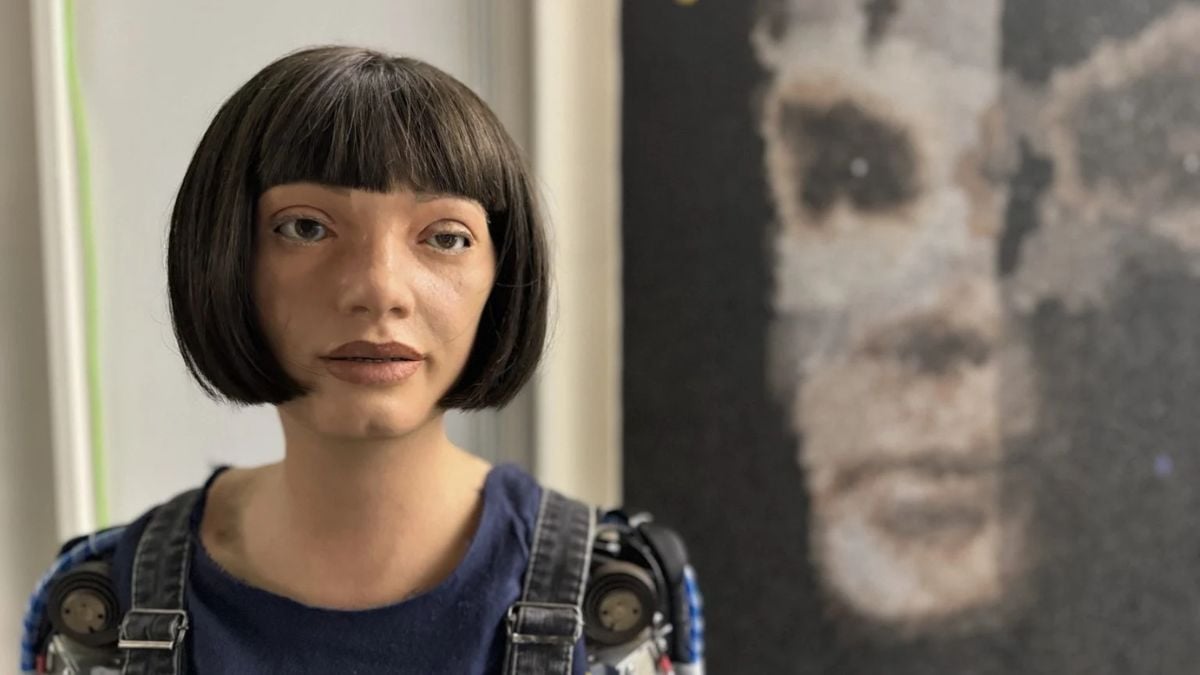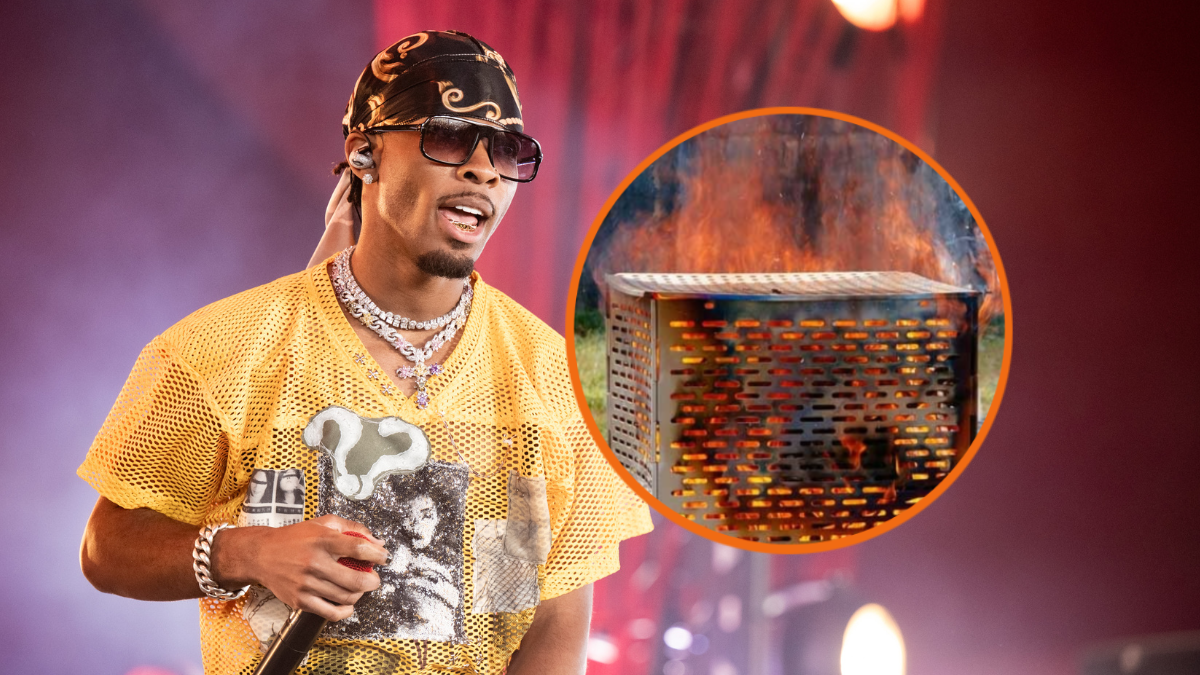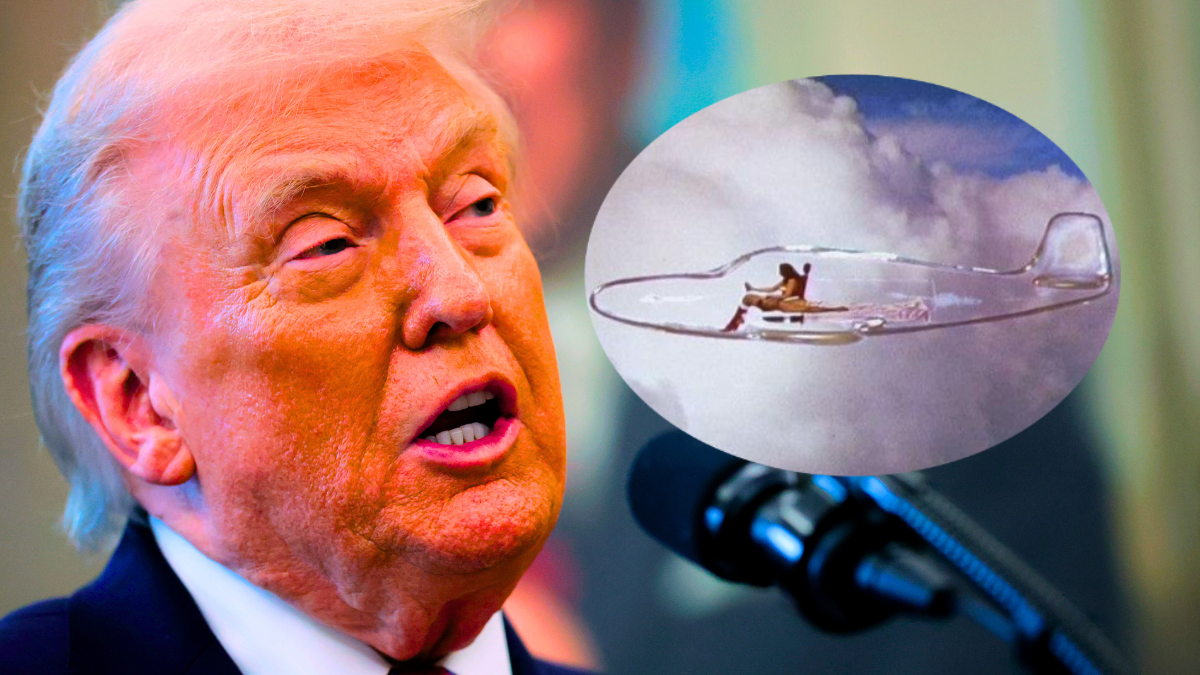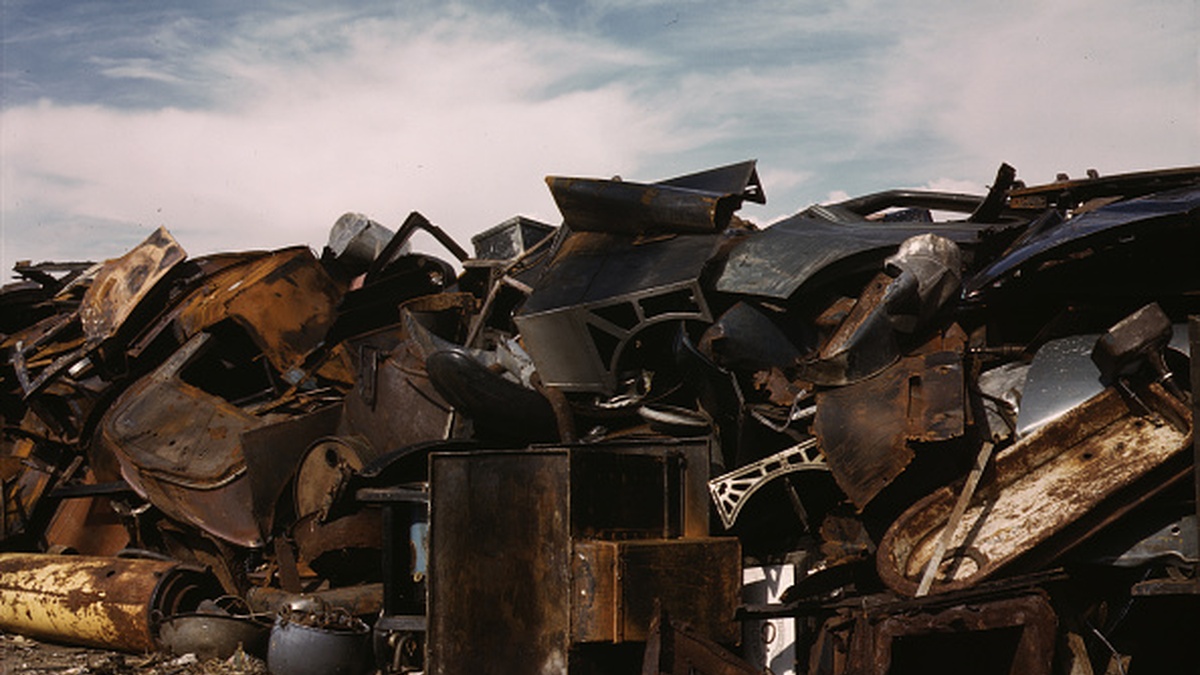The anxiety surrounding A.I.’s potential to take over the world seems to grow with each passing week.
With generative A.I. already upending daily lives through tools like ChatGPT and revolutionizing entire industries (such as online journalism), it was only a matter of time before A.I. ventured further. This time, New York Post reports, A.I. has made its mark by selling painted artwork for a record-shattering price of over $1 million. The piece in question is a three-piece canvas abstract interpretation of Alan Turing, whom the A.I. artist, Ai-Da, considers the “god of A.I.”
The creation of Ai-Da itself is perhaps more intriguing than any artwork it has produced. The artist behind Ai-Da is Aidan Meller, a contemporary art gallery owner inspired by how technology is disrupting the modern world. He felt compelled to create an A.I. with a name close to his own, but Meller clarifies that Ai-Da is actually named after Ada Lovelace, the mathematician and visionary often regarded as the first computer programmer. The purpose of Ai-Da, Meller says, is to help explore humanity’s current obsession with technology.
Ai-Da operates through a complex system of algorithms developed by researchers at the University of Oxford and a robotics company called Engineered Arts. Equipped with cameras on its face, Ai-Da analyzes its surroundings and transmits that information to its robotic arm, which then reproduces the art. Well now, according to the 27 bids at a New York auction, the art it creates is worth an astounding $1 million. Even Meller himself only expected bids to reach $180,000.
The role of A.I. in society remains a contentious issue. Just recently, a tragic event occurred when a 14-year-old became too involved with a Game of Thrones chatbot, leading to his death. Yet, it’s undeniable that A.I. is also bringing much-needed advancements in fields like education and healthcare. In the realm of art, however, A.I. is widely considered as solely a villain. Last year, Hollywood’s work stoppage was partially driven by demands from filmmakers that studios find a fair and balanced way to integrate A.I. into the industry. Moreover, films like Mission: Impossible have made A.I. a central antagonist in their narratives as they bring the franchise to a close.
Elon Musk, ever eager to adapt to a future dominated by technology, has introduced his own A.I. robotics with Tesla’s Optimus robots. At a press event on Oct. 10, 2024, Musk promised these robots would serve as personal nannies and butlers. It’s worth noting, however, that Musk doesn’t always follow through with his promises.
The ethics and truth of these advancements remain uncertain. The dilemma is that, in order for A.I.-powered robots to be as effective as promised — especially in the arts — they may need to be granted some level of sentience. However, if this happens, it raises the question of what prevents these robots from seeking freedom and possibly creating a scenario like the one depicted in I, Robot or the Matrix film series.
As of now, however, it’s clear that Aidan Meller is not concerned with all of that. Meller’s focus is more on the fact that despite Ai-Da’s dozens of exhibitions and even being invited to speak at 10 Downing Street, there’s still debate over whether Ai-Da should be considered a “real artist.” Meller rightly points out that similar questions were once directed at visionaries like Pablo Picasso. But perhaps the questions being asked are the wrong ones. The real question is: If A.I. robots can express themselves through art, how else might they choose to express themselves in the future?











Published: Nov 9, 2024 12:03 pm